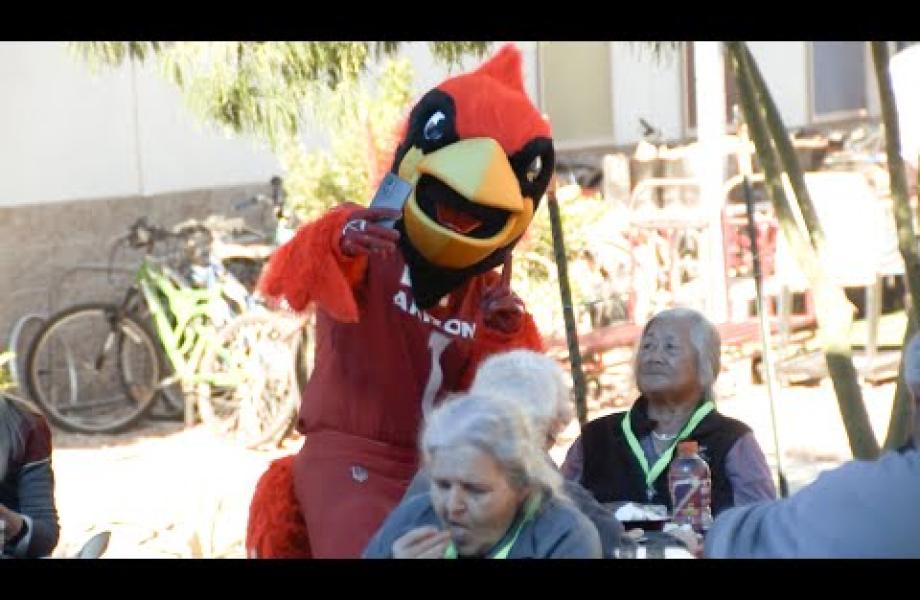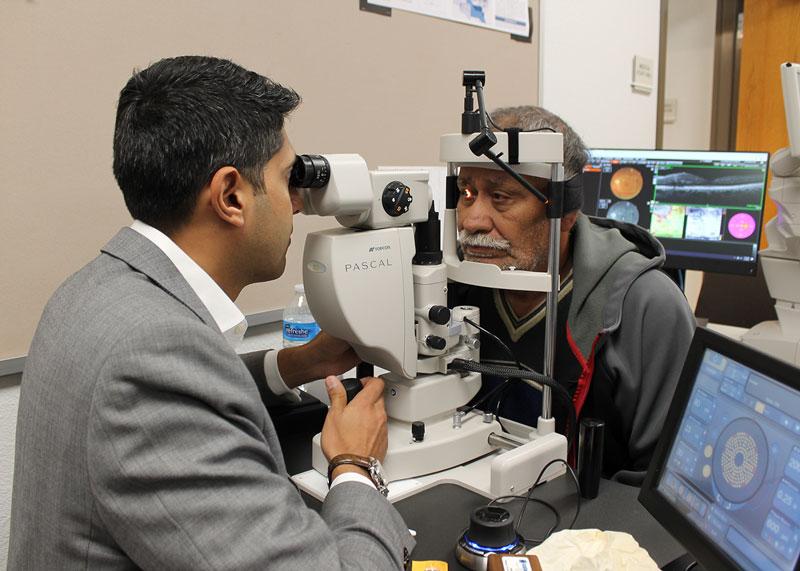
SVdP’s medical walk on the moon
Earlier this month, St. Vincent de Paul’s Virginia G. Piper Medical & Dental Clinic for uninsured patients performed its first diabetic retinopathy laser treatment, saving the sight of a patient with eye disease caused by diabetes.
Laser treatment may sound commonplace to those with medical and vision insurance, but for the SVdP clinic focused on caring for uninsured patients, it was a monumental day of creating better-than-equal access to preventative care that greatly improves patients’ lives.
“We just walked on the moon!” wrote Dr. Maurice Lee, SVdP’s chief medical officer, in an email later that day. “Not literally but what just happened in the medical clinic is about as close to that accomplishment as any.
“My fingers are shaking, and I can’t stop smiling,” he continued. “If I were to retire right now I would be proud of my short medical career because of today.”
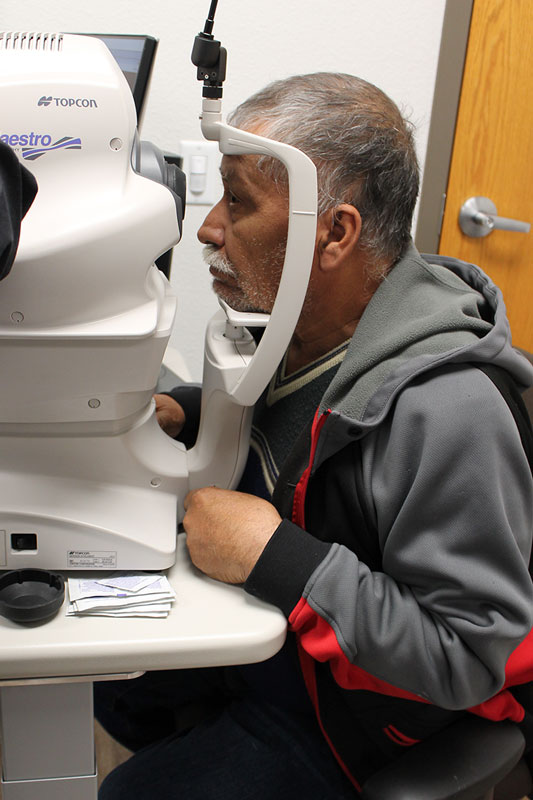 Two patients received vision-saving treatment that day and many more to come will benefit from the clinic’s new Topcon PASCAL Medical Laser and Maestro Optical Coherence Tomography Scanner made possible by Thunderbirds Charities, Vitalyst Health Foundation and retina specialist Dr. Mandi Conway, who volunteers regularly at SVdP’s clinic.
Two patients received vision-saving treatment that day and many more to come will benefit from the clinic’s new Topcon PASCAL Medical Laser and Maestro Optical Coherence Tomography Scanner made possible by Thunderbirds Charities, Vitalyst Health Foundation and retina specialist Dr. Mandi Conway, who volunteers regularly at SVdP’s clinic.
A fellow volunteer and retina specialist, Dr. Amit Sangave, performed the first treatment at SVdP using the technology and called it the “Rolls-Royce” of vision care equipment.
“It’s really state-of-the-art and very forward thinking,” Dr. Sangave said. “Most private practices won’t have this level of technology.”
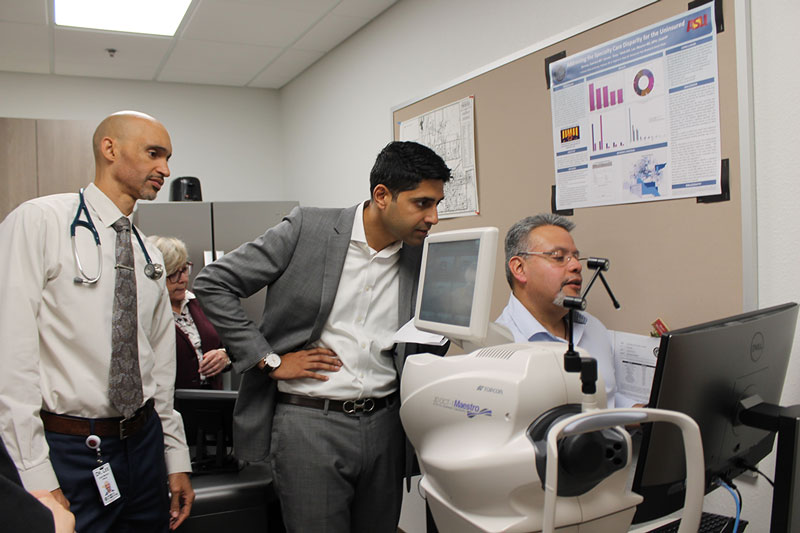 Even more important, the top-line technology offers better care than other common treatment methods.
Even more important, the top-line technology offers better care than other common treatment methods.
“It’s significantly more comfortable for patients,” said Dr. Conway, who treated the second patient that day.
But the truly remarkable part, beyond the impressive technology, is the giant step taken in offering additional preventative care at SVdP’s clinic.
About one in five diabetic patients who visit the clinic will have diabetic changes in their vision. Some require laser treatment to prevent blindness caused by diabetic retinopathy, which is damage to the eye’s blood vessels from uncontrolled blood sugars.
SVdP had already been the only charity clinic to offer free screenings for the eye disease. But it didn’t sit well with Dr. Lee when he and his team would send patients home with only a diabetic retinopathy diagnosis and note for recommended treatment. The uninsured patients had slim hopes of accessing the necessary sight-saving laser treatment, which costs thousands of dollars and is almost exclusively available to the insured population.
That’s why they pushed to bring the treatment free of charge to the people they serve.
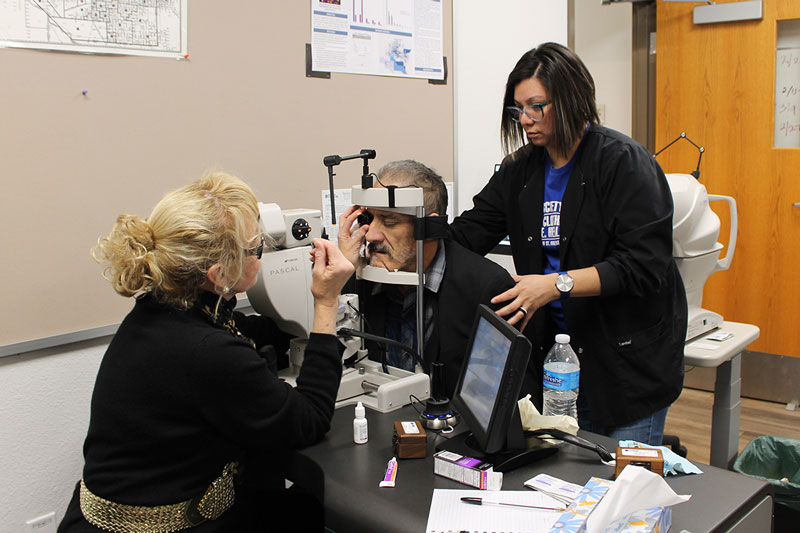 “This is especially important because diabetes continues to be one of the leading causes of blindness in the U.S.,” said Dr. Lee, who underscores that demographically and statistically uninsured patients have a higher incidence of diabetes and therefore a higher risk of losing their vision.
“This is especially important because diabetes continues to be one of the leading causes of blindness in the U.S.,” said Dr. Lee, who underscores that demographically and statistically uninsured patients have a higher incidence of diabetes and therefore a higher risk of losing their vision.
Even scarier, diabetics with retinopathy can go for years without any symptoms before their vision deteriorates to a noticeable and irreversible point, making increased access to screenings and treatment even more prudent.
In the last six months of 2019, the SVdP clinic provided 627 eye exams and anticipates that number to increase significantly in 2020 as word of the free sight-saving procedure spreads among the clinic’s community.
“Without the trust of the patients and the primary care providers who refer them here, we would not have been able to perform any treatments here this morning,” Dr. Lee said. “Both of the patients treated were from the Wesley Community & Health Center which shows this is much bigger than SVdP or Phoenix, and I anticipate we will have patients sent from Tucson, Flagstaff and everywhere in between.”



